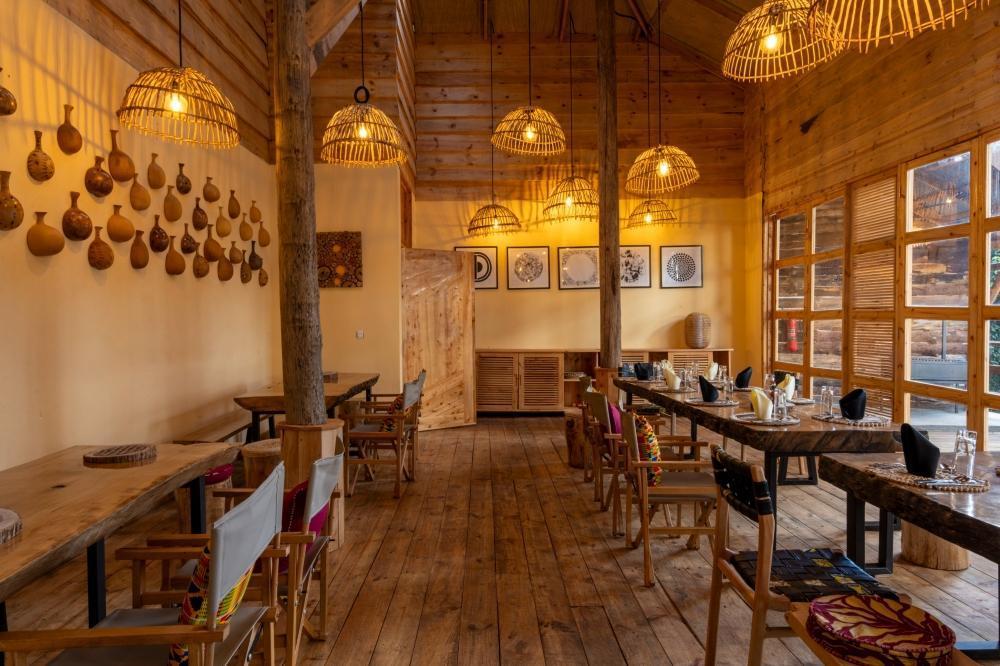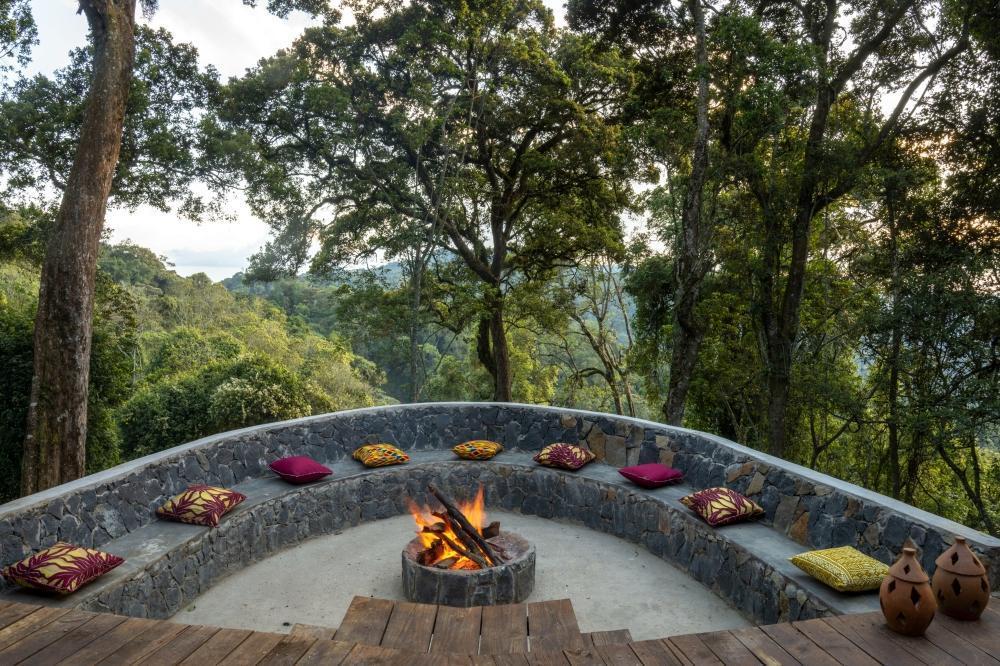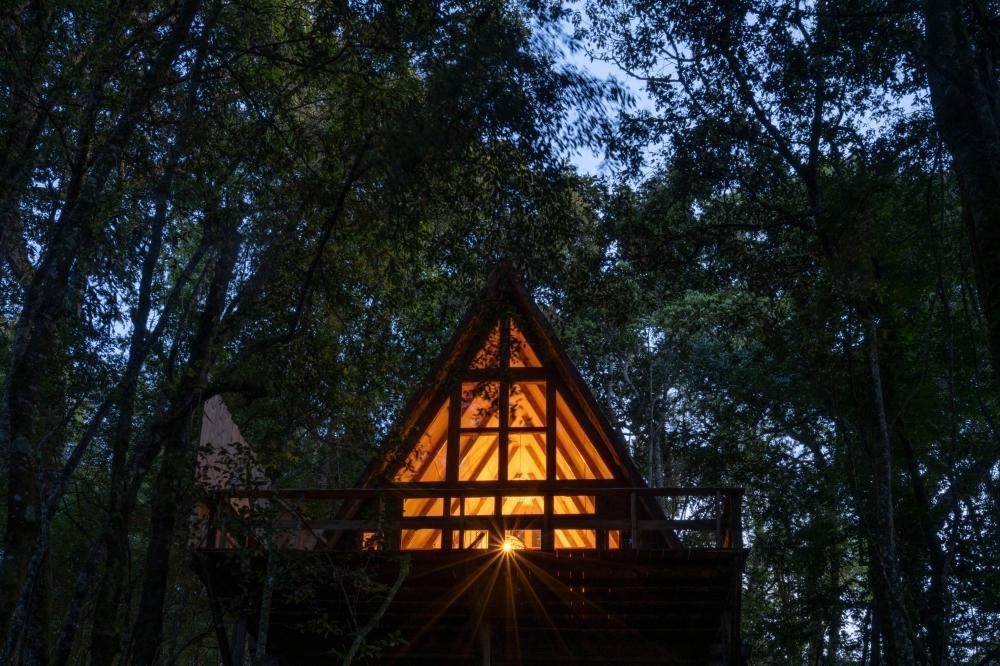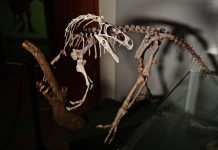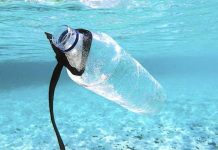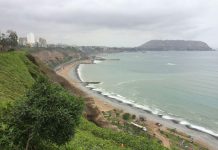Africa-Press – Rwanda. There is optimism about the generation of $3.4 million (around Rwf4.8 billion) in revenue from tourism in Nyungwe National Park in 2025 after three major services – a 1,900-metre Nyungwe Zipline, a 280-metre Gisakura Rope Course, and Munazi eco-lodge, were launched on Wednesday, June 2.
The new tourism experiences add to the national park’s already diverse tourism products, according to the managers who project to reach $5 million in revenues by 2030.
According to Rwanda Development Board (RDB), the new additions enhance Nyungwe’s offering as a sustainable tourism destination, aligning with Rwanda’s vision for conservation-led tourism and creating new opportunities for local communities.
The zipline tourism product is projected to attract 3,500 tourists in its first year and 9,000 tourists by its fifth year, according to RDB.
Suspended by strong steel cables strategically placed within the jungle, the zipline now offers a bird’s-eye view soaring over the Nyungwe rainforest.
Jean-Guy Afrika, the RDB chief executive, said partnering with African Parks, has helped increase tourism revenues
One of Africa’s oldest rainforests and a UNESCO World Heritage Site, Nyungwe National Park, is rich in biodiversity. One of Rwanda’s protected areas, Nyungwe is managed by African Parks, an international conservation organization.
Thanks to its abundant rainfall, Nyungwe is the most important catchment area in Rwanda, supplying water to 70% of the country.
A ridge running through the forest forms a watershed between the Nile and Congo River drainage systems.
The zipline in the middle of this park has three parts. The first part is 335 metres, the second part is 580 metres, and the third part is 1,020 metres long, making a total of 1,935 metres (almost two kilometres) riding down in the sky before connecting to the Canopy Walkway, a suspended bridge built high up in the forest canopy, allowing visitors to walk among the treetops and observe the forest from above.
The Rope Course, also called an adventure course, located at the entrance of the park, is a physical activity structure made of ropes, cables, and obstacles designed for climbing, balancing, swinging, and navigating challenges often at varying heights.
Protais Niyigaba, the park manager, told The New Times that: “This year we are targeting $3.4 million in tourism revenues in 2025, an increase from $2.3 million in 2024 and $330,000 in 2021.
“The figures for 2021 were even lower before Covid-19. By 2030, we will be able to generate over $5 million every year, ensuring the park’s self-reliance.”
The park recorded 26,000 visitors in 2024, an increase from 9,000 visitors in 2021.
Rwanda’s national parks experienced strong growth in 2024, with visitor numbers rising by nearly 11 per cent and revenues increasing by 8.5 per cent. This growth was led by Nyungwe National Park, which saw a 20% surge in visitors, according to RDB’s 2024 report.
Tourism development plan
“The tourism development plan is helping us a lot. The Munazi eco-lodge, named after a forest tree called Umunazi (Parinari curatellifolia), was built as part of this plan,” Niyigaba said.
“With 20 rooms, it is serving tourists paying over $200 per night, for locals, and $280 for international tourists. The hotel is owned by the park, and we plan to build a second one.”
He said various tourism products also include the recently opened 110-kilometre trail from Nyaruguru District to the source of River Nile in Nyamagabe District, where tourists spend seven days on the trail experiencing Nyungwe’s diversity.
Zipline prices
For the zipline, an international non-resident pays $100 per activity, VAT inclusive. This fee is considered an additional charge, separate from the park’s entry fee, as the zipline has been designated a special activity.
International residents and Africans from outside the East African Community (EAC) will pay $80 per activity, VAT inclusive.
Rwandans and EAC residents pay Rwf20,000 per activity.
The zipline and canopy walkway package for an international non-resident is charged at $125 per person.
The same package is charged at $100 per person for foreign residents, and Rwf23,000 for Rwandan and EAC residents.
Rope course prices
An international non-resident will be charged $35, VAT inclusive, to use the rope course. An international resident and Africans from outside the EAC will pay $20. Rwandans and EAC citizens will be charged Rwf10,000 per person.
The zipline, rope course, and canopy walkway package for an international non-resident will cost $150 per person per activity. International residents will pay $110 per person, while Rwandans and EAC residents will be charged Rwf30,000 each per activity.
Florence Uwambajemariya, the Executive Secretary of Western Province, which has part of Nyungwe Park, said the park’s revenue will significantly benefit neighbouring communities.
“Close to Rwf300 million in tourism revenues goes to community development. Tourists buy local products. The park and hotels are creating jobs in addition to buying produce from farmers, and we expect more,” she said.
RDB-African Parks partnership
Jean-Guy Afrika, the RDB chief executive, said partnering with African Parks, has helped increase tourism revenues. Rwanda’s tourism revenues have increased from $7 million in 2006 to $650 million in 2024.
“By 2030, we’re projecting to exceed $1 billion,” Afrika said.
“The zipline is arguably one of the longest in East Africa. It’s a thrilling experience and a significant addition to our tourism portfolio. The rope course includes 21 challenging and interesting elements. Looking ahead, we expect to see more such developments.”
Jess Gruner, the African Parks Regional Operations Manager in Rwanda and Malawi, said that demand for the new attractions such as the zipline, rope course, and Munazi eco-lodge is higher than expected.
“This success is a positive challenge, prompting us to adapt operations to manage visitor flow,” said Gruner.
Possible solutions include online booking, staggered entry, and improved infrastructure, he noted.
He said plans include diversifying tourism offerings to attract various visitor groups such as locals, youth, international tourists, thrill-seekers, families, and others.
“There’s a strong focus on being flexible and responsive to growth,” he said.
“Long-term improvements like road upgrades, and possibly air access, are being considered.”
Munazi eco-lodge opened on Wednesday will be another contribution to the national park’s already diverse tourism products
Munazi eco-lodge opened on Wednesday will be another contribution to the national park’s already diverse tourism products. courtesy
RDB Chief Executive Officer officially launch Munazi eco-lodge, that named after a forest tree called Umunazi (Parinari curatellifolia)
The 1900 metre zipline has three main parts
The Rope Course is a physical activity structure made of ropes, cables, and obstacles designed for climbing, balancing, swinging, and navigating
The Rope Course, also called an adventure course, located at the entrance of the park
For More News And Analysis About Rwanda Follow Africa-Press




